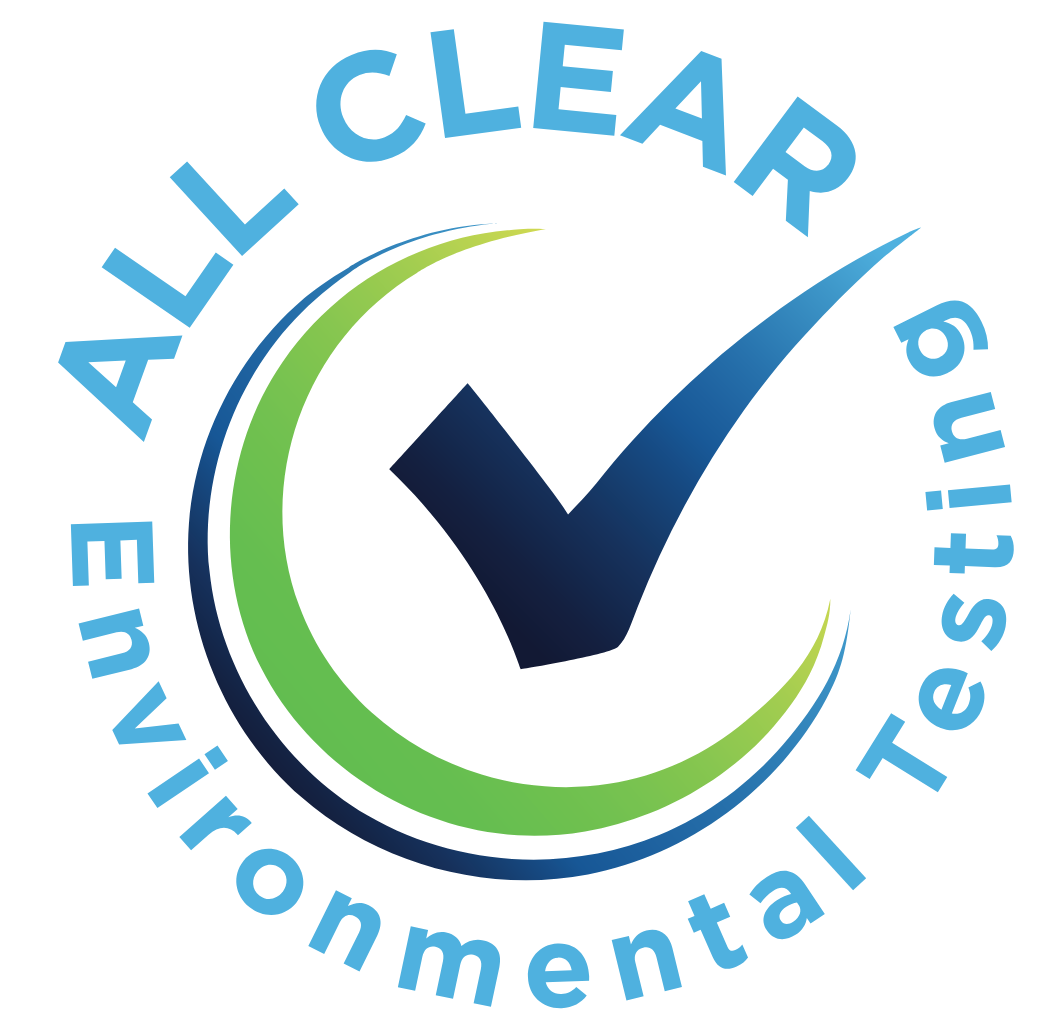Understanding Mold: A Hidden Threat
The Dangers Lurking in Your Home
Discover how mold can silently invade your living spaces, posing serious risks to both your health and property.
Mold in Your Home: A Silent Menace
Mold is more than just an unsightly blemish on your walls; it’s a potential health hazard that can compromise the safety of your home. Often thriving in damp, dark environments, mold can go unnoticed until it becomes a significant problem. Understanding the dangers associated with mold is crucial for every homeowner. Not only can it cause structural damage, but it can also lead to serious health issues, especially for those with pre-existing conditions or allergies.
Health Risks of Mold Exposure
Why Mold is a Health Concern
Exposure to mold can lead to a variety of health problems, particularly affecting the respiratory system. Individuals with asthma or allergies may experience heightened symptoms, such as coughing, wheezing, and nasal congestion. Even those without pre-existing conditions can develop respiratory issues after prolonged exposure. Mold spores can also trigger skin irritations and eye discomfort. Understanding these risks is essential to protecting your family’s health and ensuring a safe living environment.
Recognizing Mold in Your Home
Mold can be a silent invader in homes, often going unnoticed until it becomes a significant issue. Common signs of mold include a musty odor, visible spots or discoloration on walls, ceilings, or floors, and increased allergy symptoms among residents. Mold typically thrives in damp, dark areas such as basements, bathrooms, and under sinks. Regularly inspecting these areas can help in early detection.
Common Areas for Mold Growth
Mold tends to grow in areas with high humidity and poor ventilation. Bathrooms, kitchens, and laundry rooms are prime locations due to the frequent presence of moisture. Additionally, basements and attics, which often lack proper airflow, can harbor mold. Keeping an eye on these spaces, especially after heavy rainfall or plumbing leaks, is crucial for maintaining a mold-free environment.
Signs of Mold Infestation
Aside from visible mold, other indicators include peeling wallpaper, persistent respiratory issues, and water stains on walls or ceilings. If you notice any of these signs, it’s important to investigate further to prevent potential health risks and structural damage.
Preventing Mold in Your Home
Maintaining a dry and well-ventilated home is key to preventing mold growth. Use dehumidifiers in damp areas and ensure that exhaust fans are functioning properly in bathrooms and kitchens. Regularly clean and repair roof gutters to avoid water accumulation. Additionally, promptly fix leaks and dry any water-damaged areas within 24 to 48 hours to inhibit mold development.
Consider using mold-resistant products, such as mold-resistant drywall or paint, especially in areas prone to moisture. Regularly inspect and clean HVAC systems to prevent mold spores from circulating throughout your home. Finally, keep indoor humidity levels below 60% to create an environment that is less conducive to mold growth.
Educating household members about the importance of moisture control and regular cleaning can significantly reduce the risk of mold. Encourage practices such as wiping down shower walls after use and ensuring that wet clothes are dried promptly. These small habits can make a big difference in keeping mold at bay.
